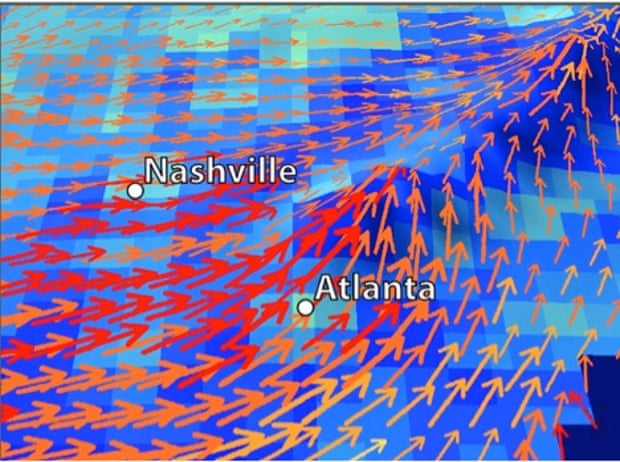Climate change and other human activities are affecting species migration
Posted on 8 September 2016 by John Abraham
One of the reasons climate change is such an important topic is that it will affect (and already is affecting) the natural biological systems. Both plants and animals will have to respond to the changing climate. In some cases, this means adapting to higher temperatures. In other cases, the changes may be alterations in the precipitation, length of growing season, availability or resources, or other influences.
While some animals can adapt, others will have to migrate. Obviously migration can be apparent in mobile animals that will move to maintain a more or less similar climate to that to which they are accustomed.
But animal and plant movement does not occur in just a changing climate. It also has to navigate changes to the landscape that humans create. For instance, increased land allocation to agriculture or urbanization can create barriers for free migration. So, what scientists really want to know is how these two factors (climate change and land use change) will collectively affect the patterns of animal and plant movement.
A study that actually was published a few years ago but is only now getting press looked at this issue. The publication was authored by Julian Olden and his colleagues from the University of Washington and the Nature Conservancy. What they researchers found was very interesting. The study was published in the journal Ecology Letters and is titled Projected Climate-Driven Faunal Movement Routes.
First, they projected changes in the distribution of climatically suitable zones for projected future climates. They considered nearly 3,000 vertebrate species. Using a computer model, the projected how and when the species would migrate and they tracked the migration routes. The study incorporated a resistance to movement based on the amount of human alteration to the landscape. The analysis was similar to how the flow of electrons through a wire circuit is calculated. In fact, electronic circuit theory formed a basis for the calculations.
From their analysis, the authors identified several locations in North and South America that will be crucial for species movement in a changing climate. Large movements are expected in the southeastern US, the Amazon region, and parts of Brazil. Some of the areas where migration is expected have intact biological regions. Others, in particular the southeastern US and Brazil, have pathways that are heavily impacted by human activities, which may create a barrier to the migration routes.
In the study, the team of scientists first identified what they term “climatically suitable” conditions for each of the species under a changing climate scenario. They plotted routes for the species from areas that were projected to be unsuitable to these suitable areas. The routes were plotted so that they avoided the most heavily human-impacted regions. They then plotted the paths on a map for easy of visualization.
Some concrete and specific examples were provided. For instance, in the southeastern US, species are projected to move northward into the southern Appalachian Mountains. In South America, species are expected to migrate from central Argentina in the Pampas, Sierras de Cordoba, and Andes. The authors identified 14 biological regions and calculated the average direction of movement across each biome. Great visualizations are shown of paths of migrations, for instance, in the southeastern US.

Vector image of migration patterns, southeastern USA. Illustration: Lawler et al. (2013), Ecology Letters.
I wrote to Dr Olden and he replied:































 Arguments
Arguments






























Comments